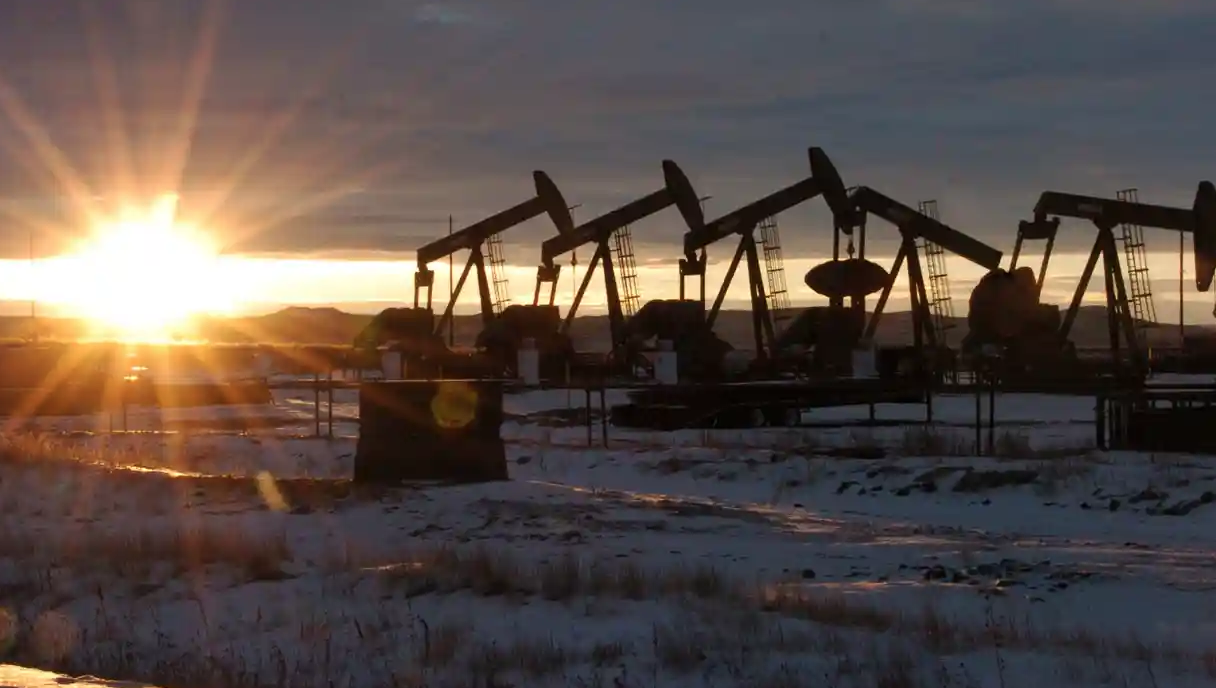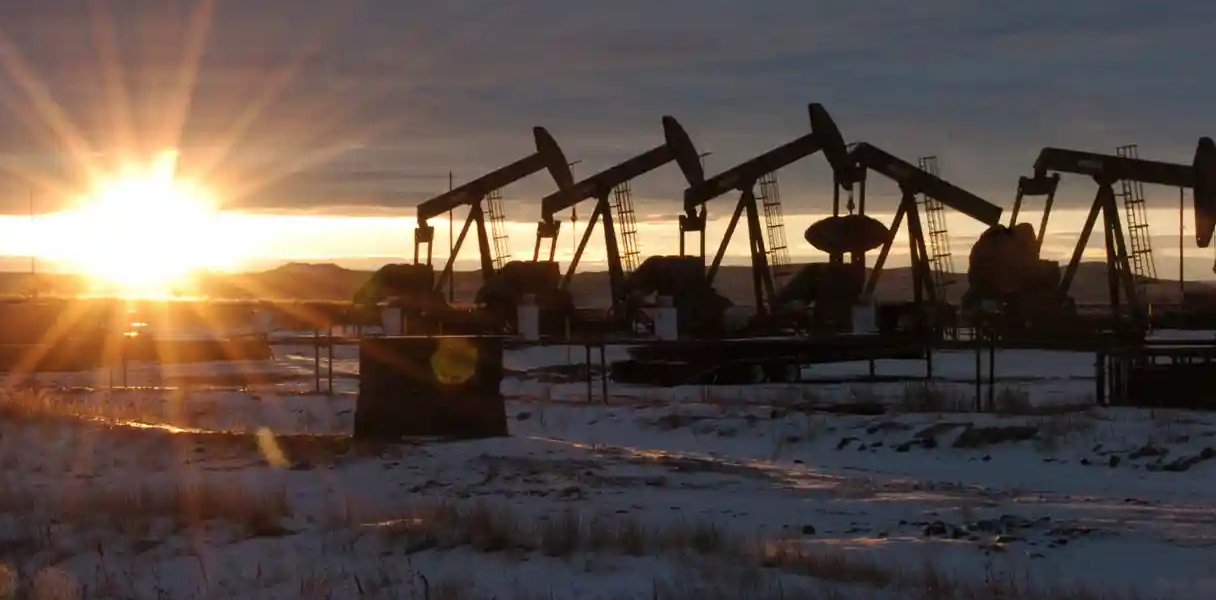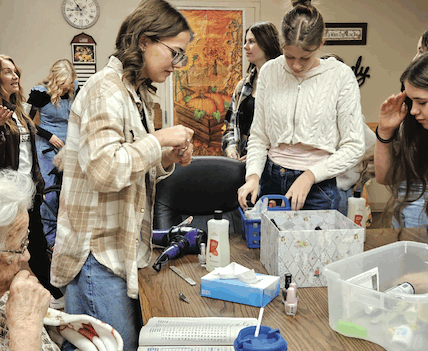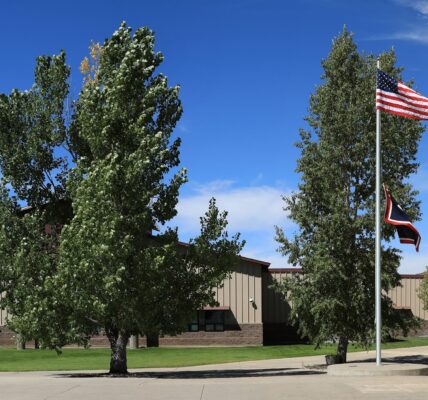Wyoming is deadliest state to work; annual report found Wyoming led the nation in workplace fatalities

By Kate Ready
Jackson Hole News&Guide
Via- Wyoming News Exchange
JACKSON – A 42-year-old Colorado man was working for BMZ Roofing, a Colorado Springs-based company, when he fell 60 feet from a roof April 27 while working on the Cody House in Teton Village. Ricardo Miranda Hernandez was killed instantly.
The roofer’s death highlights Wyoming’s alarming rate of workplace fatalities, the worst in the nation in 2020.
Hernandez was working as a subcontractor for MD Roofing, also based in Colorado Springs, though the company also has a Jackson location.
OSHA conducted a two-day investigation, but OSHA agent Ben Jones declined to comment on the agency’s findings.
The crew of seven, all from the Colorado Springs area, told the responding deputy from Teton County Sheriff’s Office, Chad Sachse, on the day of the incident that they had been working on roofing projects in the Jackson area for three weeks and on the Cody House job for one week.
On the morning of the incident, Hernandez and four other crew members were on the roof. The crew accessed the roof by using a lift on the east side of the building. Once on the roof, there were anchors and ropes in place for the men to attach themselves to their harnesses, according to Sachse’s report.
“The east side of the roof was dry but for reasons unknown he stepped over to the west side, which was [covered in] plastic and slippery,” Sachse said. “All the safety measures were there and he was wearing his harness, but it looks like he just didn’t clip it into a safety rope.”
None of the men saw Hernandez slip and fall, according to Sachse, although it was “a tragic scene and a very emotional event for all of them.”
The foreman that day, Martin Hernandez, was Ricardo’s younger brother. Martin did not return to the job site, along with some others who returned to Colorado in mourning.
Seven crew members stayed to keep the job going, according to Erich Tucker of MD Roofing.
Tucker confirmed all necessary fall protections were in place that day and that the company is honoring Hernandez by increasing oversight.
“We’re implementing stricter safety procedures, like a no-tolerance policy,” Tucker said. “Guys are always required to wear their harness before they get on the roof, and we’ve checked this at the start of the day and at lunch to make sure they’re clipped in, but now we’ve implemented a policy where if we catch you once not clipped in, you’re on the ground for the rest of the day.”
Teton County Coroner Dr. Brent Blue determined the cause of death was head and chest trauma and the manner was accidental.
According to OSHA, fatalities caused by falls from heights continue to be a leading cause of death for construction employees, accounting for 351 of the 1,008 construction fatalities recorded in 2020.
At the Workers Memorial Day event held on the steps of the Wyoming State Capitol on April 28, the prayer honoring all those killed on the job included a special one for Hernandez and his family.
Workers’ Memorial Day marked the day 51 years ago the Occupational Safety and Health Act was signed into law with the aim of providing every worker with a safe job.
Wyoming leads nation in deaths
According to the U.S. Department of Labor Bureau of Labor Statistics and the Census of Fatal Occupational Injuries, Wyoming consistently has one of the highest occupational fatality rates in the country.
From 2008 to 2018, the national average of workplace deaths was 3.5 deaths per 100,000.
In Wyoming during that period, the average rate was 11.2, more than three times higher than the national average.
Data gathered from the 10-year period 2008 to 2018 found that Wyoming experienced an average of 30 worker deaths per year during 2008-2018.
That’s one worker every 12 days.
Wyoming has consistently been in the top five states when it comes to workplace fatality rates. But in 2020, it was number one.
According to the annual report released by the American Federation of Labor and Congress of Industrial Organizations, or AFL-CIO, Wyoming had a fatality rate of 13%, the highest in the nation.
The national average in 2020 was 3.4%.
“It’s not just that we have these dangerous fields here in Wyoming,” said Tammy Johnson, Executive Director of the Wyoming AFL-CIO which compiled the report. “We don’t get inspections or compliance checks done regularly.
“In other states, OSHA is federally run, but in Wyoming ours is state run,” she added. “If Wyoming were to do a compliance check on every job site at the rate they did them in 2021, it would take 173 years for OSHA to visit every job site.”
According to Ty Stockton, the Chief Deputy Administrator for the Wyoming Department of Workforce Services, there are 18 overall OSHA positions; however, only eight of those are dedicated to compliance or enforcement.
“While more staffing may be ideal, we are able to meet or exceed the federal inspection requirements at our current staffing and funding levels,” Stockton said via email. “It would be hard to justify the taxpayer dollars necessary to employ enough compliance officers and expect OSHA to visit EVERY work site in the state because the vast majority of the time, no violations would be found. The OSHA Act requires employers to provide a workplace free of known hazards… and they do so the overwhelming majority of the time. Thus, we rely on employee reports and programmed inspections to identify hazards.”
The year 2020 also marked a five-year high for workplace fatalities in Wyoming with 35 fatalities. That’s roughly one death every 11 days.
Stockton cited the high volume of truck traffic on I-80 as a key driver of Wyoming fatalities.
”More than half (57.1%) of the fatalities referenced were the result of transportation incidents,” Stockton said. “Many of these fatalities are not Wyoming businesses or employees. Keep in mind that cases are counted in the state of incident, which is not necessarily the state of residence, or the state of employment.”
Cory Gneiting, an OSHA Compliance Officer and foreman for Wapiti construction, has a theory on why Wyoming job sites are so unsafe. It’s tied to Gneiting’s own daily commute.
“I drive over from Idaho Falls every day,” Gneiting said. “Everybody comes in from different areas, and those areas have different regulations. Knowledge of OSHA regulations should be standard.”
Gneiting is all too familiar with the human cost of workplace incidents.
“My dad is in a wheelchair from an industrial accident back in the early 90s,” Gneiting said. “He was suspended off a basket while working on some tanks. The basket he was in bucked him and threw him, and he broke his back. It’s dangerous.”
In Wyoming, the Latino population represents only 10% of the population. In Teton County, it’s a little greater, at 15%, according to the U.S. Census Bureau.
However, the statewide report found that Latino workers are disproportionately represented in Wyoming workplace fatalities, a number that’s increased 15% over the past decade.
“The Latino fatality rate increased again in 2020, 32% greater than the national average,” the report said. “Of those who died in 2020, 65% were immigrants.”
The report also found “the progress has become more challenging as employers’ opposition to workers’ rights and protections has grown, and attacks on unions have intensified.”
According to Johnson with the AFL-CIO, which represents America’s unions, right-to-work states see more on-the-job deaths.
On the surface, these laws allow states the authority to determine whether workers can be required to join a labor union to get or keep a job.
“The effect [these laws] have had in Wyoming is that it has weakened the ability of workers to collectively bargain with their employer by restricting the type of agreements that can be made with employers, which indirectly leads to lower paid and less protected workers overall and higher inequality,” Teton County Rep. Mike Yin said.
Proponents argue states that have passed right-to-work legislation are better states for business. As of today, the majority of states have passed right-to-work laws.
Wyoming Gov. Mark Gordon has supported right-to-work laws. In October 2021, he spoke in favor of them, citing reduced government interference and OSHA overreach in mandating COVID vaccines.
However, unions may have strong ties to public health.
Jack Edwards, a passionate workers’ compensation lawyer, said he sees far more injuries stemming from non-union companies.
“More of my clients come from non-union companies by and far,” Edwards said. “I’m a huge fan of unions. Union workers are much more safety conscious. They fight for safety. Unions balance the inequities and give workers a chance.”
Rick Oswalt, the President of the Local Union 58 which represents roofers in Colorado Springs, spoke to a greater level of training for union companies.
“The amount of training non-union companies get is a big difference,” Oswalt said. “We utilize off-site safety as well as an onsite trainer that has OSHA 500, a 10- and 30-hour training program in OSHA standards. Our apprenticeship program is usually a three-year program, it explains the safety implements to be used.”
As of October 2021, only 9.3% of the employed population in Wyoming are represented by unions.
In 2016, a study published by the American Public Health Association did not mince words, saying “The decline of American unions is a threat to public health.”
Hernandez’s accident is strikingly similar to another death that occurred this spring. On March 8, a roofer was killed after falling off an icy roof in Teton Village while working on a home in the Shooting Star subdivision.
Like Hernandez, it was found that Ricardo Gomez, 44, did not clip his harness into the safety ropes available.
Other local workplace deaths involved water, heavy machinery and burial.
In 2017, a kayak guide died while trying to rescue a park visitor on Yellowstone Lake.
In 2018, two men were killed in Teton County when a trench collapsed and buried them. One year later, two more men died in a similar fashion when a trench collapsed in southwestern Idaho.
In August 2020, a Jackson Hole WYDOT employee was killed by a street sweeper in Teton County.
Fatalities aside, life-changing workplace injuries also abound in our own backyard.
One of Edwards’ clients is a flagger in Star Valley who works for a road company and holds a stop sign.
“She is passionate about flagging,” Edwards said. “One day she was doing her job near Hoback Junction when a driver nailed her with his truck and broke both her legs. She suffered catastrophic injuries and was in a wheelchair.”
“Our greatest resources are not the elk, not the Tetons — our greatest resources are our people,” Edwards said. “Why don’t we step up to the plate and protect our people?”





